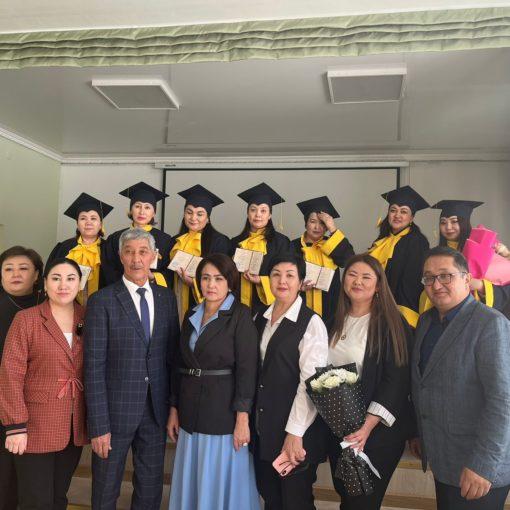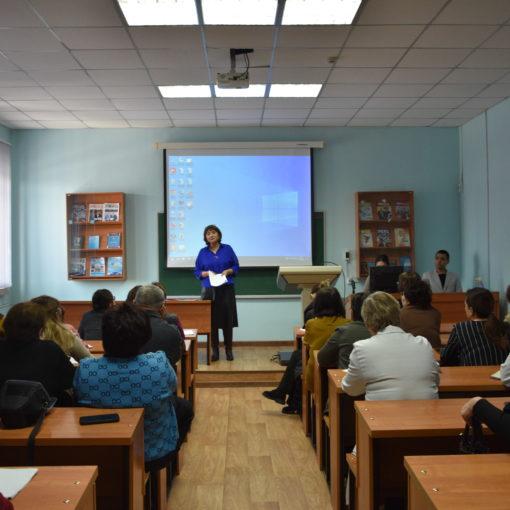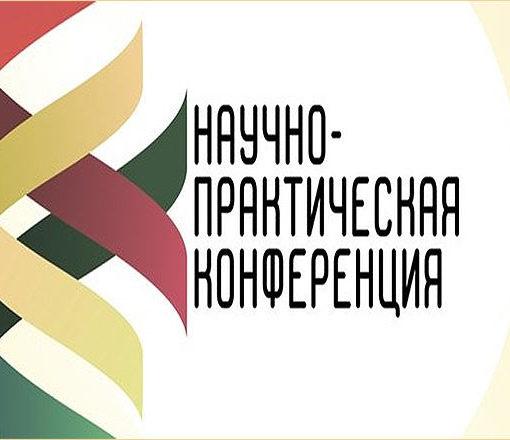Since March 16, 2020, classes at our university have been conducted in a remote mode. Is it good or bad? As a teacher with 30 years of experience in the university I can note that this process is not easy, which hides certain pros and cons.

One of the advantages is that the student can study the content uploaded to the portal at any convenient time. The student is free to decide when and how much time to devote to studying the material. But, of course, online classes are held on a schedule and here the question is solved differently.


Each student can study the material at his own pace, he does not need to worry about the fact that he will leave the classmates. You can always return to the study of more complex issues, several times to see the video material, presentations, read correspondence with the teacher, and already known topics can be missed.
The big plus is that you can study anywhere, at home, in the office, etc. The main thing is that you have a computer with Internet access.
A large degree of self-study allows you to get high learning results. Studies of scientists show that the results of distance learning are not inferior or even superior to traditional forms of learning. A student-distance learns most of the training material independently. This improves memorization and understanding of the topics covered. And the possibility of using the latest technologies in the learning process makes the learning process more interesting and livelier.
Teachers and students communicate with each other in different ways: both online and offline. Consulting by e-mail is sometimes more effective and faster than scheduling a face-to-face meeting, as an instructor can write all the answers to questions at a convenient time.


For students studying remotely, the problem of lack of textbooks and methods has been minimized. All necessary literature is available to the student on the DOT portal of the university, or the student receives teaching materials by mail from the teacher.
Distance learning takes place in a relaxed environment. The student usually stays at home and sets up his or her own workload schedule. There is no need to waste time on transportation, eating (sometimes we see students combining morning coffee and study.

Distance Educators can pay attention to more students, paying individual attention to all students, adjust to the pace of work of each student. The use of distance technologies is suitable for individual approach.
However, there are also many challenges in distance learning.
A strong motivation of both students and teachers is required to work remotely. In the conditions of state of emergency in the country and the decision of the Ministry of Education and Science of the Republic of Kazakhstan to transfer all to remote training for preservation of life and health of each person the question – “what other motive can be more convincing?” becomes obvious!
Distance learning will require developed willpower, responsibility and self-control. Unfortunately, not everyone is able to maintain the right pace of learning without external control.
Accustomed to work and learn “eye to eye”, teachers and students do not perceive distance education as quite comfortable. The development of communication confidence, teamwork skills is minimized.

The biggest drawback is the lack of practical knowledge. It is difficult to teach sciences that involve a large number of practical exercises remotely. Even the most modern simulators will not replace “live” practice.
The problem of identifying trainees also remains difficult. The most effective way is video surveillance, but, unfortunately, mass switching on video cameras leads to server overload and failures in the portal.
And finally, a very big disadvantage was the lack of computer literacy of individual teachers and students. They have to master all modern remote educational platforms, online messengers, etc. in a timely manner.

However, it should be noted that the difficult situation that the whole world and our country are currently experiencing will allow us to make significant progress in mastering new educational technologies, develop professional skills in distance communication, learn to flexibly rearrange the course content in accordance with students’ needs. This is by no means a complete list of positive aspects of mass introduction of distance learning in the country and at our university.
I would like to wish both students and teachers success in their work and study in this difficult period of our lives. I am sure that after the end of the period of emergency in the country and quarantine in our city, we will become more “advanced”, literate, read, and with a huge desire to start working again “eye to eye” and appreciate personal communication.
With respect, to all students and colleagues of the Academy “Bolashaq”, Vice-Rector for Science and IC Smolkina T.P.





